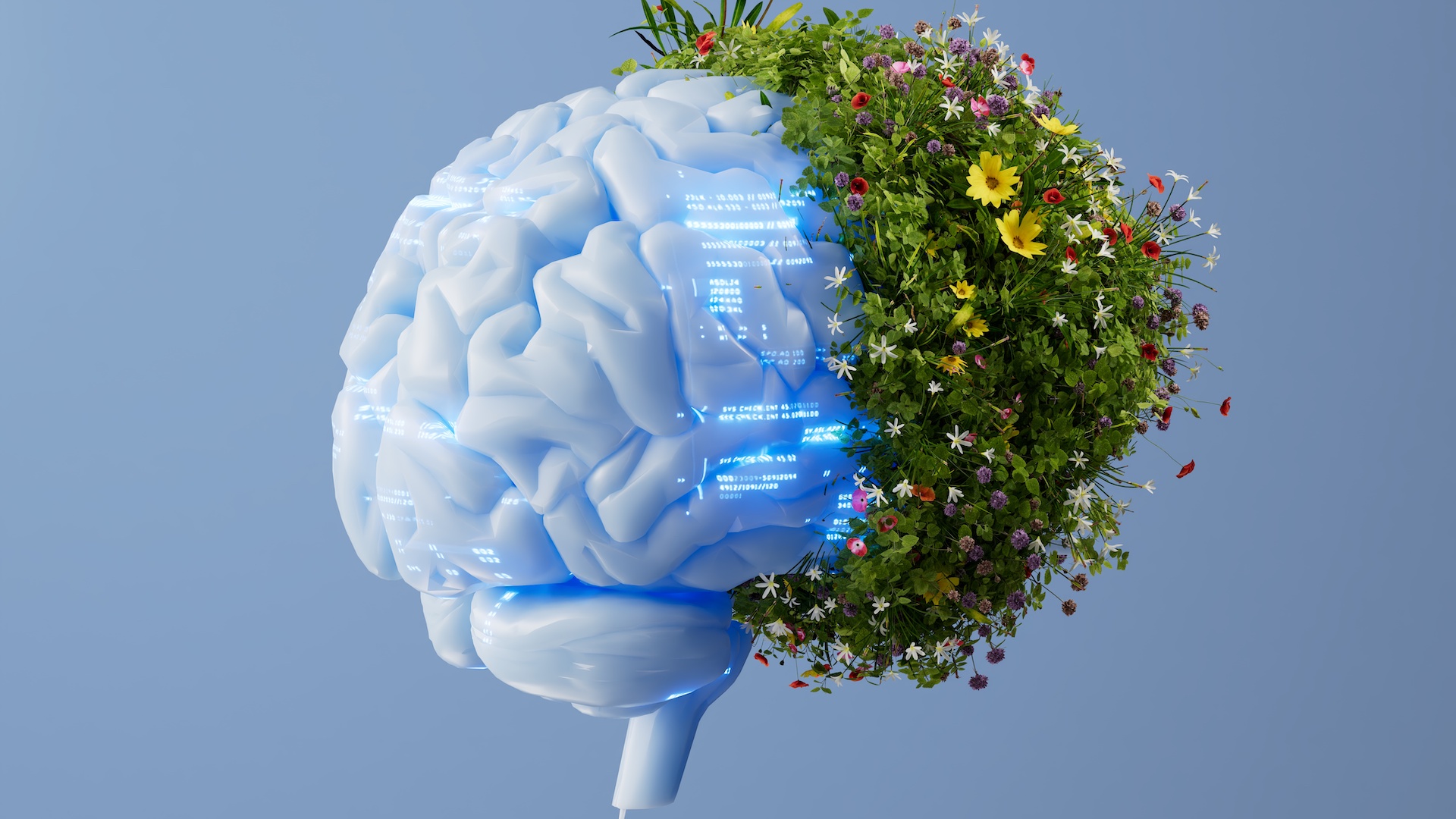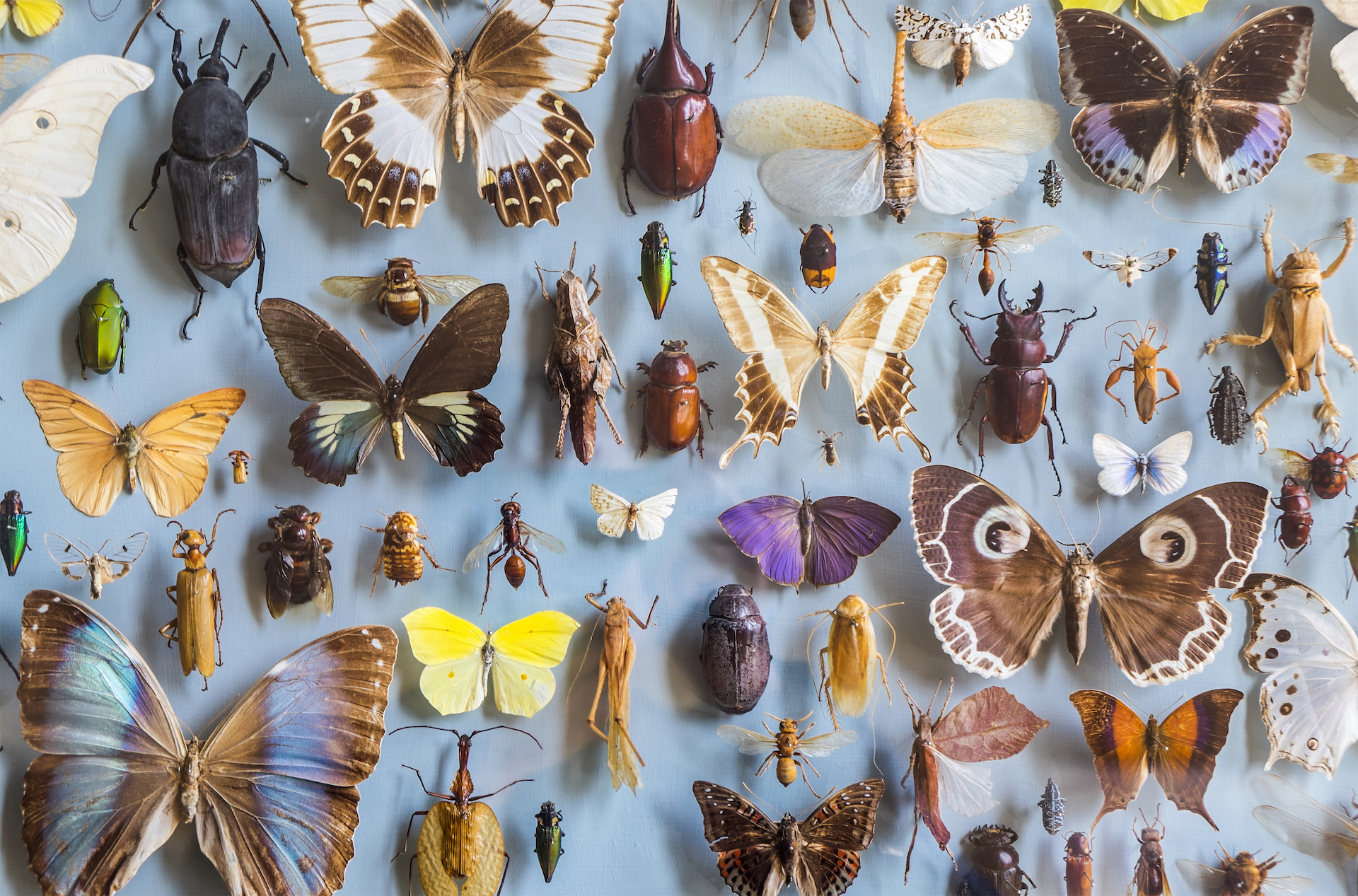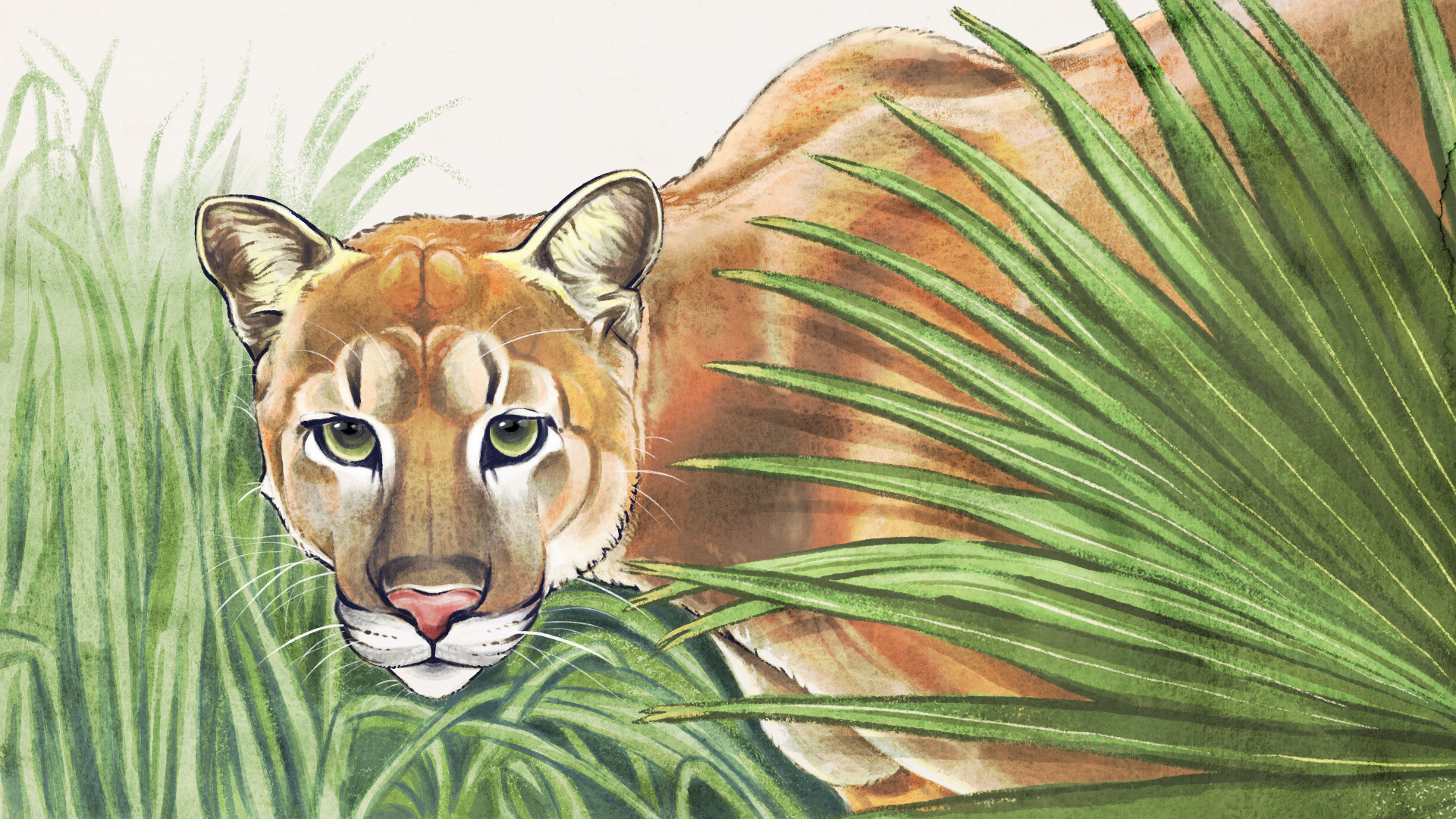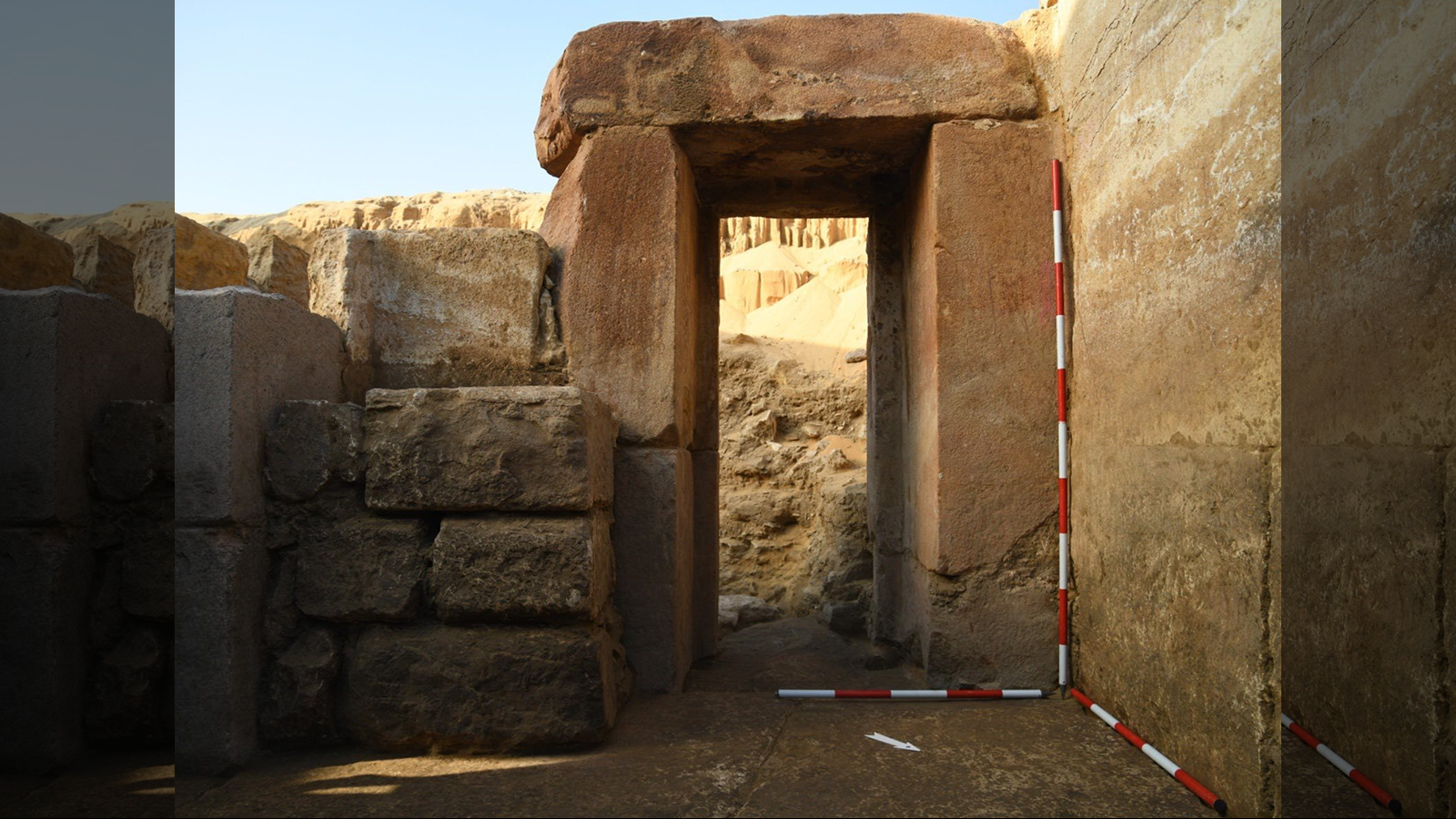AI is rapidly identifying new species. Can we trust the results?
Artificial intelligence is revolutionizing the way scientists monitor wildlife and find new species, but how effective are these new systems?

Scientists are using artificial intelligence (AI) to identify new animal species. But can we trust the results?
For now, scientists are using AI just to flag potentially new species; highly specialized biologists still need to formally describe those species and decide where they fit on the evolutionary tree. AI is also only as good as the data we train it on, and at the moment, there are massive gaps in our understanding of Earth's wildlife.
But AI is helping researchers understand complex ecosystems as it makes sense of large data sets gleaned via smartphones, camera traps and automated monitoring systems.
"We're accelerating the pace of research to be able to get at some bigger questions, and that's exciting," Christine Picard, a biology professor at Indiana University, told Live Science.
Related: GPT-4 has passed the Turing test, researchers claim
In a 2023 study published in the journal Methods in Ecology and Evolution, Picard and colleagues trained an AI model to classify more than 1,000 insect species. Live Science spoke with Picard and lead author Sarkhan Badirli, who completed the study as part of his doctorate in computer science at Purdue University in Indiana.
The model learned to recognize species from images and DNA data, Badirli said. During training, the researchers withheld the identities of some known species, so they were unknown to the model.
Get the world’s most fascinating discoveries delivered straight to your inbox.
"It couldn't say which species it was, but our model could say which genus it most probably belonged to," Badirli told Live Science.
The model correctly identified 96.66% of the known species and assigned species with withheld identities to the correct genus with an accuracy of 81.39%. However, the success rate was considerably lower when the model didn't have DNA data and relied on images alone — 39.11% accuracy for described species and 35.88% for unknown species.
The researchers blamed that in part on the low resolution of the images, which came from a public database. They noted that the model's accuracy would improve with experience and higher-resolution images.
"Some of those photos were actually quite bad, so I can't believe the model did as well as it did with that data," Picard said.

Making sense of biodiversity
Most of Earth's Biodiversity — the variety of animal and plant life — lives in the tropics, which are among the poorest and least-studied regions. As a result, much of the world's wildlife remains undiscovered. Insects have more species than any other animal group, but most of them have yet to be identified. AI may help fill this massive knowledge gap.
"It allows us to be able to dive into this unknown space of insect species diversity," Picard said.
Some scientists are also using AI to monitor entire ecosystems. These tools combine AI with automated cameras to see not just which species live in a given ecosystem but also what they're up to.
Live Science spoke with Jenna Lawson, a biodiversity scientist at the UK Centre for Ecology and Hydrology, who helps run a network of AMI (automated monitoring of insects) systems. Each AMI system has a light and whiteboard to attract moths, as well as a motion-activated camera to photograph them, she explained. The systems also record audio to identify animal calls and ultrasonic acoustics to identify bats. Powered by solar panels, these systems constantly collect data, and with 32 systems deployed, they produce an awful lot of it — too much for humans to interpret.
"We have this amazing hardware, and we can put it out to collect all of this data, but then without the AI, we have no chance of analyzing it," Lawson said.
Katriona Goldmann, a research data scientist at The Alan Turing Institute, is working with Lawson to train models to identify animals recorded by the AMI systems. Similar to Badirli's 2023 study, Goldmann is using images from public databases. Her models will then alert the researchers to animals that don't appear on those databases.
"They'll be able to flag images and say, 'This looks like something I've not seen before,'" Goldmann told Live Science.

What defines a species? Inside the fierce debate that's rocking biology to its core
Read more:
—6 species that scientists got wrong
—20 of the best named animal species on Earth, from Boops boop to Agra vation
The AMI systems also allow researchers to monitor changes in biodiversity over time, including increases and decreases. Researchers have estimated that globally, due to human activity, species are going extinct between 100 and 1,000 times faster than they usually would, so monitoring wildlife is vital to conservation efforts.
Lawson's systems will measure how wildlife responds to environmental changes, including temperature fluctuations, and specific human activities, such as agriculture.
"The birth of technology in biodiversity research has been fascinating because it's allowed us to record at a scale that wasn't previously possible," Lawson said.
One irony inherent in these AI systems is that AI algorithms are incredibly energy intensive, so they may have an outsize impact on the environment, according to the London School of Economics and Political Science.
So Goldmann is training her models on supercomputers but then compressing them to fit on small computers that can be attached to the units to save energy, which will also be solar-powered.

Patrick Pester is the trending news writer at Live Science. His work has appeared on other science websites, such as BBC Science Focus and Scientific American. Patrick retrained as a journalist after spending his early career working in zoos and wildlife conservation. He was awarded the Master's Excellence Scholarship to study at Cardiff University where he completed a master's degree in international journalism. He also has a second master's degree in biodiversity, evolution and conservation in action from Middlesex University London. When he isn't writing news, Patrick investigates the sale of human remains.


